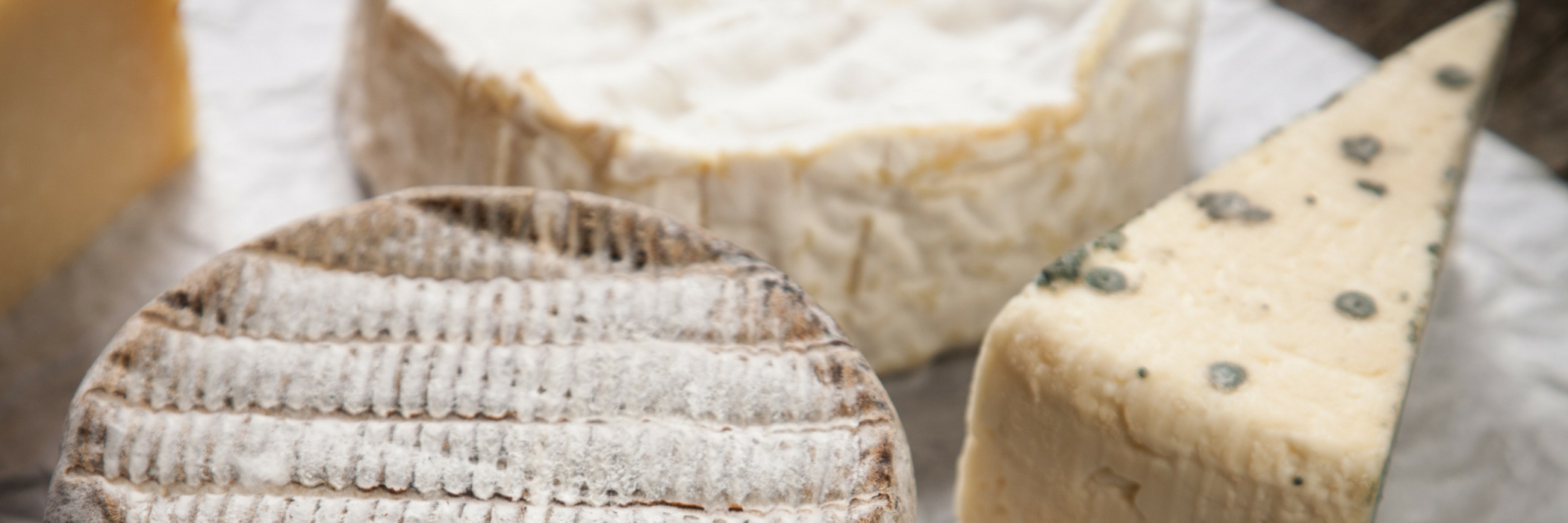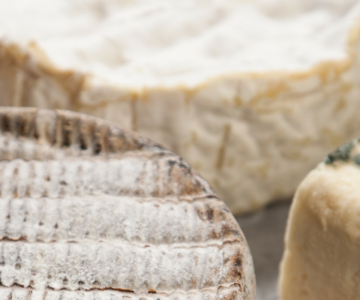Cheesehead
Jun 23, 2017Student Leadership Development Institute
By Matthew Cowles
For those of us who enjoy cheese and simply will not settle for that yellow brick of cheddar that has never been aged, it is hard to satisfy that craving. Going to Whole foods or Di Bruno Brothers can get expensive after a while. I mean, after all, who can afford $40.00 for a pound cheese every week; certainly not I. Which brings me to my point: why not make it yourself? Here at Walnut Hill College during the bachelor program, you get a taste of this wonderful activity. For the first half of Canning and Jarring class, which has merged with Cheese Making class, you will get to make a number of cheeses yourself. You will find that it is not as hard as it may seem; in fact, it is very practical.
Having learned from that class, I have decided to spend my summer further teaching myself how to make and age cheeses on my own. I encourage anyone interested in cheese to try this out if you have the time–you will not be disappointed. The list of materials needed for this is actually quite small. You will need a cheese press, which runs for about $150 on Amazon, a wine fridge for aging your cheese, as well as citric acid, direct-set mesophilic starter, direct-set thermophilic starter, rennet, stainless steel bowls, a thermometer, and a mold for hard cheeses. Of course, you do not need all of these cultures for cheese, but with this, you will be able to make anything from ricotta to manchego or the ever so delightful drunken goat, with the addition of red wine, that is.
When working with cheese, it is imperative that sanitation is always on your mind. You must wash and sanitize everything before use, including the sauce pot that will be used to heat up your milk product. Nobody likes floaties and specks of old, burnt food in their cheese. If that happens, you could end up making a blue cheese that isn’t supposed to be blue or even give an off-color or an astringent-like flavor to your cheese.
When looking for recipes, I have found cheesemaking.com to be one of the best to go to for ideas and new cheeses to try. This summer, I will be making drunken goat, manchego, and aged tomme cheese. When aging cheeses, you will need a wine fridge so that you can set the correct temperature for the process, humidity, and temperature, all of which play a huge role in this step. During the aging process, it is typical for a cheese to dry out and even develop a hard rind. To prevent this, you can coat the cheese with a high-quality olive oil or even dip the cheese into cheese wax, which will help to protect it from the air.
With this, you are ready to begin your journey. Go on and grab a friend or a family member and bond over some cheese. Although it can be a lengthy process, it is very rewarding in both flavor and memories. The biggest reward, however, is the money you save. This cheese will last longer–and taste better–and less goes a long way in this case. So smile and say “cheese!”
-Matthew Cowles, Student Leader
Culinary Arts, Class of July 2018


